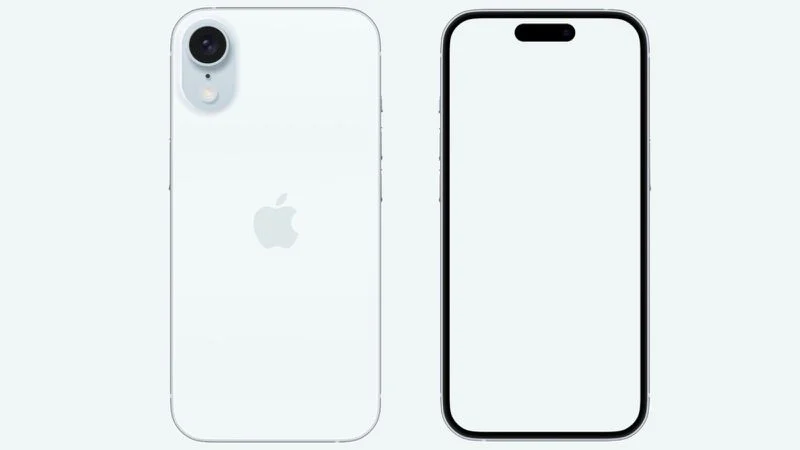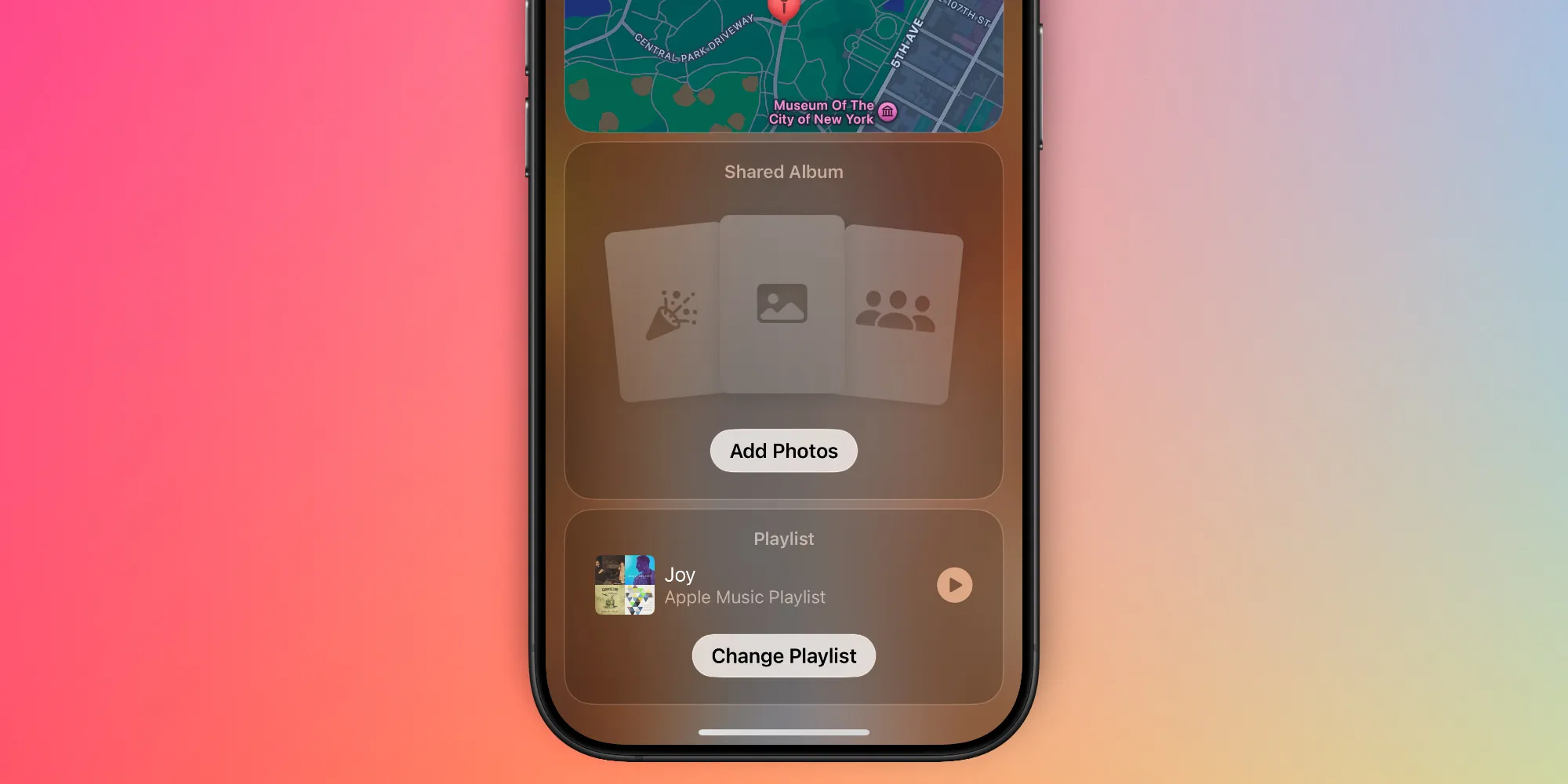Apple is set to release five new iPhone models this year, each bringing something unique to the table. Here’s what you can look forward to with each model:
iPhone SE 4
The budget-friendly iPhone SE is getting a major facelift. It’s moving away from the traditional home button to a modern, edge-to-edge screen with a notch. Here’s what else is new:
- A18 chip: For better performance.
- 8GB of RAM: More memory for smoother operation.
- Apple Intelligence support: Enhanced software capabilities.
- 48MP main camera: Better photos than before.
- USB-C port: Replacing the Lightning port for universal charging.
Apple is also introducing its first self-made 5G modem in this model, making it a standout choice for those looking to save without skimping on features.
iPhone 17 Air
This fall, the iPhone Plus is out, and the iPhone 17 Air is in. Focused on design, it will:
- Use the A19 chip (not the Pro version) and 8GB of RAM.
- Features an ultra-thin body, making it the slimmest iPhone yet.
- Introduce a new screen size that’s just right between the Pro models.
- Include Apple’s in-house 5G modem and a high-refresh display.
The Air promises to be a visually stunning device that might challenge your usual iPhone choice.
iPhone 17 Pro
Even with the Air stealing some spotlight, the iPhone 17 Pro isn’t lagging:
- Keeps the 6.3-inch display but with a new aluminum frame instead of titanium.
- A larger, rectangular camera bump suggests significant camera upgrades.
- A19 Pro chip and 12GB of RAM for unmatched power.
- 24MP front camera upgrades for better selfies across the lineup.
iPhone 17 Pro Max
The Pro Max version will have all the Pro features but with:
- Enhanced battery life thanks to its bigger size.
- Possibly a smaller Dynamic Island, which could mean an innovative change in how Face ID works.
iPhone 17
The base model remains strong:
- 24MP front camera like its siblings.
- A19 chip and 8GB of RAM.
- Retains the 6.1-inch display.
It’s set to compete not only within the iPhone family but also with the newly upgraded iPhone SE.
Wrapping Up
From high-end to budget options, Apple’s 2025 iPhone lineup looks promising, offering something for everyone, whether you’re after performance, design, or value.



